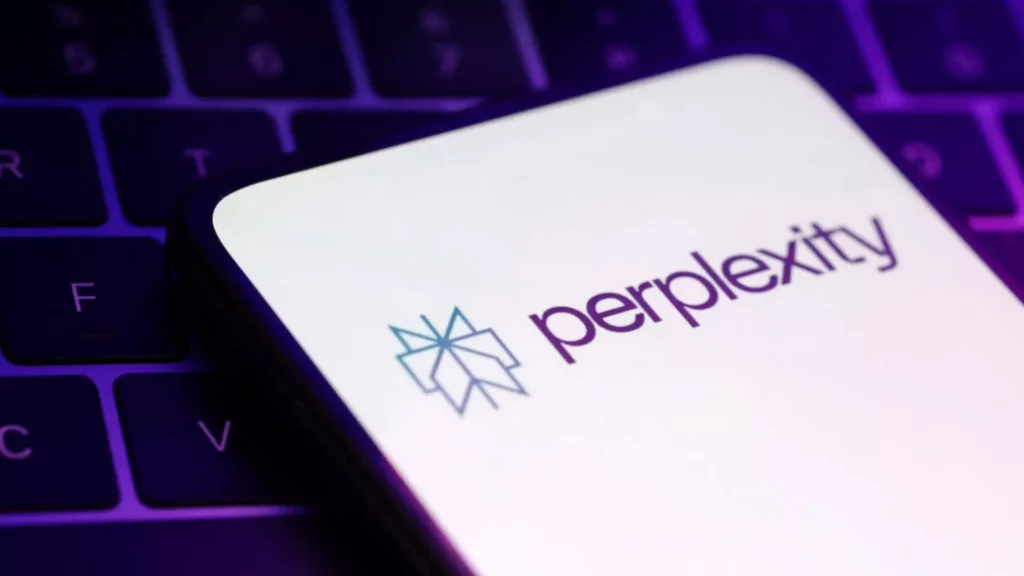
kbtech times | April 28, 2025
Perplexity AI burst onto the scene promising to reinvent search using AI and LLMs.
With its clean interface and direct answers, many users hailed it as a better, cleaner Google.
But now, with its upcoming Comet browser set to track all online activity and sell hyper-personalized ads, the narrative is shifting.
Is Perplexity really a challenger to Big Tech — or a clone?
Some users fear that in its race to scale, Perplexity is falling into the exact same trap:
profiting off user surveillance while marketing innovation.
And this time, there may be even fewer regulations and safeguards.
If Google 2.0 is built on deeper surveillance and fewer ethical brakes, it could be worse than what came before.




The website design looks great—clean, user-friendly, and visually appealing! It definitely has the potential to attract more visitors. Maybe adding even more engaging content (like interactive posts, videos, or expert insights) could take it to the next level. Keep up the good work!
Thankyou for your feedback
The design is indeed impressive, and I agree that it’s user-friendly and visually appealing. Adding more interactive content sounds like a fantastic idea to keep visitors engaged. Have you considered incorporating user-generated content or polls to make it even more dynamic? I’m curious, what inspired the current design choices? It feels modern yet approachable. Do you think there’s room for more personalization to enhance the user experience? Overall, great job—I’m excited to see how it evolves!
The website design is indeed impressive, but have you considered how it performs on mobile devices? Sometimes designs that look great on desktop don’t translate as well to smaller screens. I also wonder if the navigation could be even simpler—some users might find it a bit overwhelming. What about accessibility features? Have those been integrated to ensure inclusivity? It’s great that you’re focusing on engaging content, but how do you plan to measure its effectiveness? I’m curious to hear your thoughts on these points—any plans to implement user feedback directly into the design process?